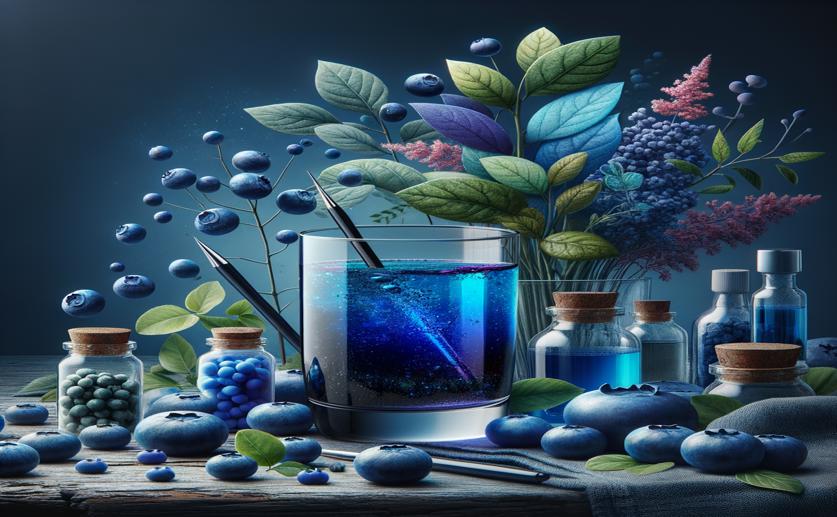
Natural Compounds Enhance Color Stability in Blueberry Fermented Drinks
Jenn Hoskins
1st July, 2024

Image Source: Natural Science News, 2024
Key Findings
- Researchers at Anhui Agricultural University studied how to improve the color stability of anthocyanins in blueberry fermented beverages
- They found that using EGCG as a copigment resulted in the highest color stability and redness in both model and real beverages
- The study showed that EGCG forms stable complexes with anthocyanins, preserving color and stability over extended storage periods
References
Main Study
1) Intermolecular copigmentation of anthocyanins with phenolic compounds improves color stability in the model and real blueberry fermented beverage.
Published 30th June, 2024
https://doi.org/10.1016/j.foodres.2024.114632
Related Studies
2) A comprehensive review on innovative and advanced stabilization approaches of anthocyanin by modifying structure and controlling environmental factors.
3) Anthocyanin copigmentation and color of wine: The effect of naturally obtained hydroxycinnamic acids as cofactors.
4) Stabilization of natural colors and nutraceuticals: Inhibition of anthocyanin degradation in model beverages using polyphenols.
5) Computational design of a chitosan derivative for improving the color stability of anthocyanins: Theoretical calculation and experimental verification.



 16th January, 2024 | David Palenski
16th January, 2024 | David Palenski